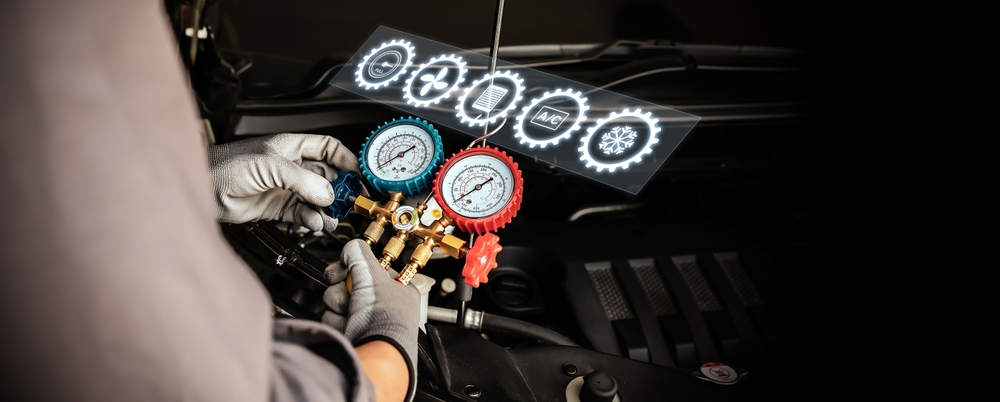Evaluating replacement parts: durability, certification, and compliance
Selecting replacement parts means assessing durability, certification, and regulatory compliance in addition to fitment. These considerations influence maintenance schedules, warranty coverage, diagnostics, and overall reliability. This article explains how to evaluate components, documentation, installation, and specific issues for electric, hybrid, and retrofit projects.

Choosing replacement parts involves more than matching a part number or price: it requires evaluating durability, certification, and compliance to safeguard performance, safety, and long-term reliability. Vehicle owners and service providers should review materials and testing data to estimate longevity, confirm certification and documentation to meet regulation and warranty requirements, and ensure installation and diagnostics are performed to industry standards. These considerations are increasingly important for electric and hybrid systems and for retrofit projects where compatibility and regulatory coverage can be complex.
How does maintenance influence longevity and reliability?
Regular maintenance is one of the strongest predictors of component lifespan and system reliability. Parts rated for extended longevity can still fail if associated maintenance tasks—such as fluid changes, filter replacements, and periodic inspections—are neglected. Scheduled diagnostics help detect early wear, allowing replacement before failures cascade into related systems. Good maintenance practices also preserve performance and reduce the chances of a failure that might be excluded from warranty or service coverage, improving overall reliability for owners and fleet operators.
What certification and documentation should parts have?
Certification indicates that a component meets defined safety and performance standards set by recognized bodies or OEM-equivalent programs. Look for documented compliance with emissions, crash testing, or electrical safety standards as applicable. Documentation should include part numbers, certification references, production batch or serial numbers, and any test reports. Clear paperwork supports regulatory compliance during inspection and registration processes and helps when filing warranty claims or insurance requests related to parts or service.
How do aftermarket components impact warranty and coverage?
Aftermarket parts can be cost-effective and widely available, but their use may affect warranty and insurance outcomes depending on the provider and the documentation supplied. Some aftermarket parts meet OEM specifications and carry certifications or their own warranties; others do not and can create disputes over liability if a failure occurs. Verify supplier credentials, compatibility with vehicle diagnostics, and whether installation by a certified technician is required to preserve warranty coverage or insurance eligibility.
What does proper installation and diagnostics require?
Installation quality is as important as the component itself. Follow manufacturer or certified-service procedures, including specified torque values, calibration steps, and any software updates or relearns. Post-installation diagnostics are necessary to confirm system health and clear fault codes; these checks prevent latent issues that can affect performance or safety. For complex systems—sensors, control modules, or high-voltage components—ensure the installer documents the diagnostic results and any calibrations performed as part of the service record.
How do components affect performance and safety in electric and hybrid vehicles?
Electric and hybrid vehicles introduce distinct considerations for performance and safety. High-voltage batteries, power electronics, and thermal management systems require parts and procedures that meet specific safety standards and certifications. Substituting uncertified components can alter thermal behavior, battery longevity, charging performance, or protective interlocks. Technicians should use certified parts, follow electric-vehicle safety protocols, and run diagnostics that include battery management and powertrain control systems to ensure consistent performance and safety outcomes.
What regulations and retrofit considerations apply to parts and service?
Retrofit work and regional regulations can complicate part selection and compliance. Local regulation may dictate approved components for emissions, lighting, or safety systems and can require documentation during vehicle inspection or registration. Retrofits that change performance characteristics—engine swaps, emission system modifications, or powertrain conversions—often need additional certification or testing. For retrofits, prioritize parts with clear documentation, involve certified service providers, and maintain records that demonstrate compliance and the scope of modifications.
A thoughtful evaluation of replacement parts combines technical inspection with administrative controls. Durability and longevity stem from design, materials, and consistent maintenance, while certification and documentation support regulatory compliance, warranty coverage, and insurance considerations. Ensuring proper installation and thorough diagnostics—especially for electric, hybrid, or retrofit projects—helps maintain performance, preserve safety features, and avoid unforeseen risks or coverage gaps.





